AI Watering Schedules for Drought Conditions
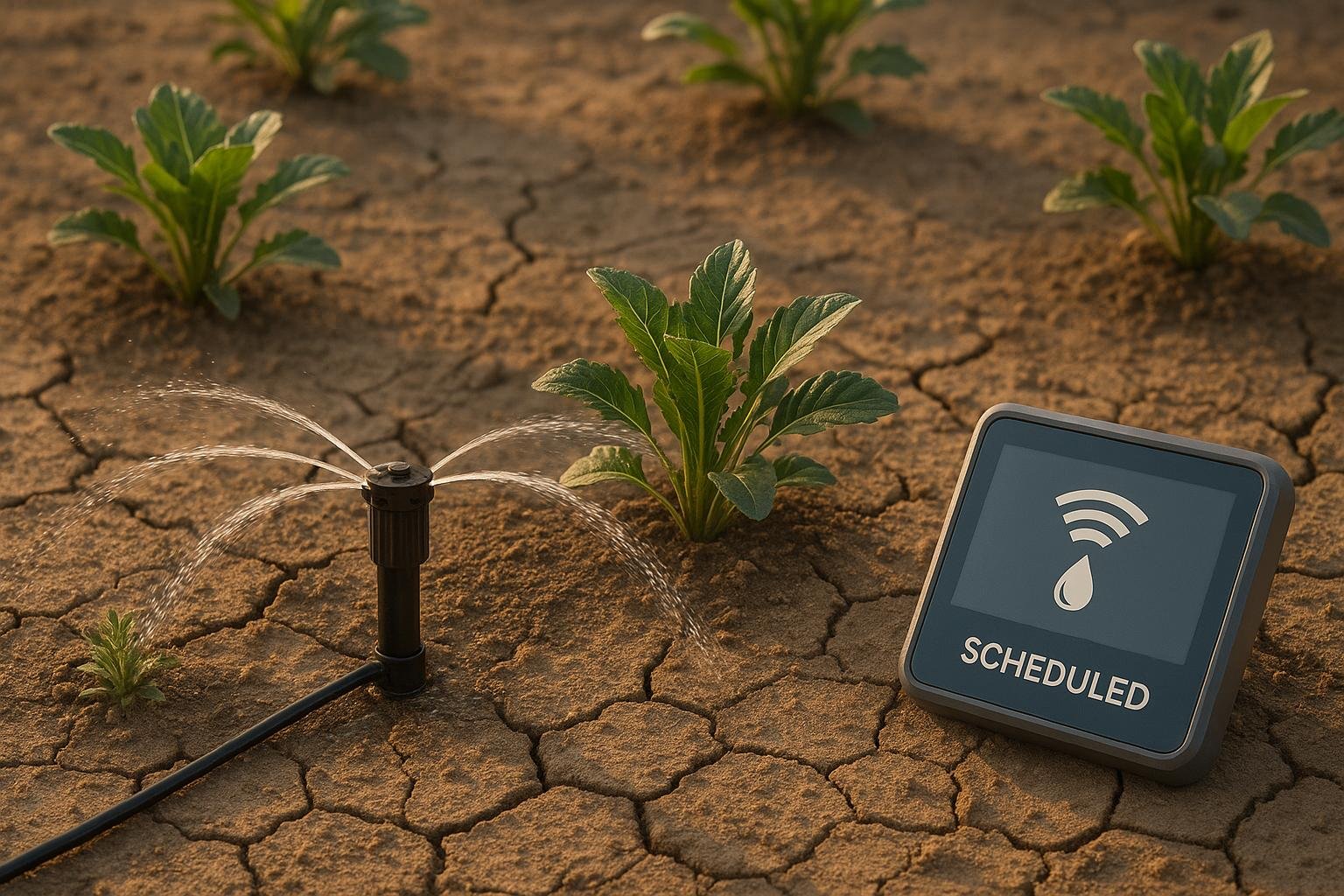
AI-powered irrigation systems are transforming how water is managed during droughts. These systems use real-time data and machine learning to water plants efficiently, saving water while maintaining plant health. Here's what you need to know:
- What It Does: Monitors soil moisture, weather, and plant needs to optimize water use.
- How It Works: Combines sensors, weather forecasts, and predictive algorithms to adjust watering schedules dynamically.
- Why It Matters: Reduces water waste, lowers costs, and helps plants survive in dry conditions.
With features like soil moisture sensors, weather-based adjustments, and remote monitoring, these systems make water management smarter and more precise. Whether you're managing a garden or a large landscape, AI irrigation can cut water use by 30–70% and improve plant health.
Smart Irrigation Systems with AI

How AI Predictive Watering Systems Work
AI-driven irrigation systems help conserve water during droughts by combining data collection, smart algorithms, and real-time environmental responses. These systems rely on three main components: gathering detailed data, processing it with advanced algorithms, and adapting to changing conditions.
Data Collection: Sensors and Weather Insights
Accurate data forms the foundation of these systems. Soil moisture sensors, placed at different depths, continuously measure water levels in the root zone. Weather stations and meteorological APIs contribute additional data, including temperature, humidity, wind speed, solar radiation, and precipitation, providing a complete picture of environmental factors. Some systems even integrate local weather APIs for highly localized forecasts.
To stay ahead of plant water needs, certain systems use plant-specific sensors. These sensors detect signs of water stress before visible symptoms appear, allowing for proactive adjustments. Satellite imagery and evapotranspiration estimates further refine the water demand profile, ensuring precise and efficient irrigation.
AI Algorithms for Smarter Watering
Once the data is collected, machine learning steps in to fine-tune irrigation schedules. These algorithms analyze the relationship between environmental factors and plant water needs. For instance, in hot, dry, and windy conditions that increase evaporation, the system adjusts to provide more water. Conversely, if soil moisture is sufficient and cloudy weather is expected, the system can scale back irrigation.
Predictive modeling is a game-changer here. Instead of reacting to current conditions, the AI anticipates future water needs based on historical data. It learns how different soil types retain water, how various plants respond to weather changes, and even accounts for microclimates on the property. Seasonal shifts and plant growth stages are also factored in, ensuring tailored care for everything from newly planted shrubs to mature trees. During droughts, the system can prioritize resources, focusing on vulnerable plants while conserving water for drought-tolerant areas.
These algorithms effortlessly adapt to changing conditions, ensuring efficient water use even during severe droughts.
Adapting to Drought Conditions
One of the standout features of AI-powered irrigation systems is their ability to adjust automatically as drought conditions evolve. These systems monitor drought indicators and water restriction rules, modifying schedules to comply with regulations while maintaining plant health. For instance, during severe droughts, the system may extend the time between watering cycles, shorten irrigation sessions, or water during early morning hours to minimize evaporation. It can also prioritize specific zones, ensuring sensitive or high-value plants get the care they need, while reducing water for more resilient vegetation.
Real-time adjustments are key. The system fine-tunes watering intervals, cycle durations, and schedules based on current conditions. Techniques like pulse irrigation - short bursts of water that allow gradual absorption into dry, compacted soil - are often employed to maximize efficiency.
In extreme cases, the system may use deficit irrigation, deliberately providing less water to encourage plants to develop deeper roots and build drought resilience. This delicate balance of monitoring and adjustment is where AI systems truly excel, ensuring plants thrive even under challenging conditions.
Benefits of AI Watering Schedules in Drought Management
AI-powered irrigation systems do more than just save water - they improve plant health and cut costs, making them a game-changer for drought management. These smart technologies are reshaping how we approach water use, offering clear advantages in conservation, plant care, and financial savings.
Water Conservation and Environmental Impact
AI irrigation systems work by delivering water with precision, using real-time data like soil moisture levels, weather conditions, and plant requirements. This approach minimizes waste caused by evaporation, runoff, or overwatering. Essentially, these systems ensure water is used only when and where it’s needed, significantly reducing overall consumption while keeping plants healthy.
They also contribute to sustainable gardening by easing the burden on local water supplies. During droughts, when water restrictions are common, AI systems automatically adjust to conserve resources more effectively. Plus, using less water means less energy is needed for treatment and distribution, and it helps prevent fertilizer runoff from polluting nearby streams and rivers. Healthier plants are another bonus, as they’re better equipped to handle dry spells.
Better Plant Health and Survival Rates
AI watering schedules are customized to meet the specific needs of each plant, which is especially important during drought conditions. Unlike traditional methods that treat all plants the same, these systems account for differences in species, age, and root depth, ensuring each plant gets the right amount of water.
In dry periods, AI systems use techniques like deep and infrequent watering to encourage plants to develop stronger roots, making them more resilient to water shortages. Built-in sensors monitor soil moisture at different depths, spotting potential issues before plants show signs of stress like wilting or leaf drop. Timing is also optimized - watering early in the morning reduces evaporation during the hottest parts of the day, allowing plants to absorb water more effectively.
Cost and Energy Savings
The benefits of AI irrigation extend beyond water and plant health - they can also lead to noticeable cost savings. With less water used, utility bills often drop, sometimes within the first year of implementation.
Energy savings are another perk. Automated scheduling reduces the need for manual labor, eliminating inefficiencies like forgetting to turn off sprinklers or watering during peak-rate times. This precision also reduces wear and tear on irrigation equipment, lowering maintenance costs. Early detection of leaks prevents expensive water loss and potential damage to the system.
Over time, healthier plants mean less frequent replacement and lower spending on extras like fertilizers and pest control. While the upfront cost of AI irrigation systems may seem high, the long-term savings on water, energy, and maintenance make them a smart investment for managing landscapes in drought-prone areas.
sbb-itb-4d6a8dd
🚀 Ready to Reinvent Your Garden?
Join thousands of homeowners who have transformed their gardens using our AI design tool. Upload one photo to explore endless possibilities.
Get your AI garden designs →Setting Up AI Watering Systems for Drought Conditions
Getting an AI irrigation system up and running becomes much easier when you break it down into a few straightforward steps. The process involves selecting the right components, setting them up correctly, and fine-tuning the system to respond to your area's drought challenges. This combination of hardware and smart scheduling creates a responsive network designed to adapt to water-scarce conditions.
Choosing the Right Hardware and Sensors
The backbone of any effective AI watering system is reliable hardware that can monitor environmental conditions with precision. For this, ESP32 microcontrollers are a popular choice. They provide excellent processing power and energy efficiency, making them ideal for continuous outdoor use [1]. These microcontrollers act as the hub for collecting and transmitting data from various sensors.
To measure soil moisture accurately, capacitive soil moisture sensors are a great option. They detect water levels in the soil, helping the system respond before plants start to show signs of stress [1]. Additionally, DHT11 sensors and weather stations can provide real-time readings of temperature, humidity, and rainfall [1][3]. For larger-scale setups, such as farms or commercial properties, thermal and infrared sensors mounted on drones can deliver detailed field data [4]. When choosing sensors, it’s essential to consider your local climate and specific challenges to ensure the system performs effectively.
Connecting to AI Platforms and Setting Up Schedules
The next step is connecting your system to an AI platform capable of analyzing sensor data and making smart watering decisions. Secure wireless communication methods, like WebSocket protocols, ensure that sensor data reaches a central database without interruptions [1]. This connection allows the platform to process real-time sensor readings, historical irrigation trends, crop needs, and even local water restrictions [1].
Creating efficient watering schedules requires setting adaptable thresholds. For example, the system might trigger irrigation when soil moisture falls below 40% [1]. By combining data from multiple sources - such as weather forecasts, crop type, and growth stages - the AI platform can generate dynamic and precise watering schedules [1][3]. Assigning a clear "role" to your AI model, like treating it as a water conservation expert, can further refine its accuracy in predicting irrigation needs [1].
Monitoring and Adjusting the System
Keeping the system aligned with your drought management goals means regular monitoring and adjustments. Many AI irrigation systems allow remote tracking through mobile apps or web dashboards, where you can oversee performance, water usage, and upcoming irrigation plans [1][2][3]. These tools often display real-time data, such as soil moisture levels and recent watering events, making it easy to tweak settings as needed.
AI-powered systems are highly efficient, often cutting water use by 30–70% [3]. They can predict irrigation needs with over 80% accuracy, and their performance improves as they adapt to your specific conditions [1]. Seasonal changes, such as shifts in temperature or rainfall, may require adjustments, but many AI platforms can automatically modify schedules to comply with local water restrictions while keeping plants healthy. Regular system maintenance ensures long-term reliability, leading to cost savings and healthier, more resilient plants over time.
Practical Applications and Success Stories
How AIGardenPlanner Supports Water-Wise Garden Design
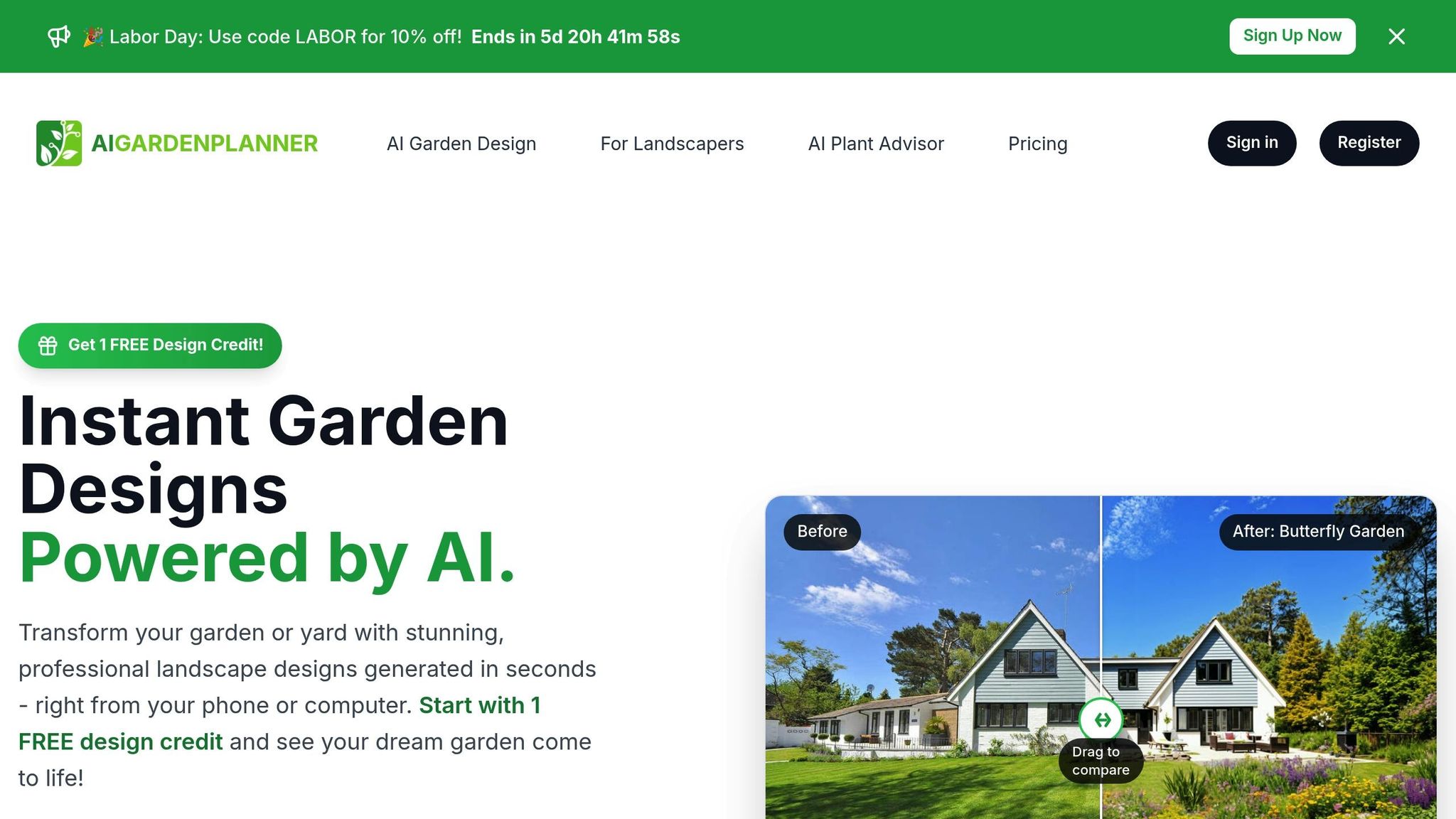
AIGardenPlanner offers a personalized tool that takes into account garden dimensions, sun exposure, soil type, and water availability to provide tailored advice for areas prone to drought. By factoring in local climate data, the platform generates a curated list of plants - complete with photos and detailed care guidelines, including sunlight and water needs for each species. This localized approach ensures that garden designs are not only practical but also aligned with the specific conditions of diverse environments.
This level of precision works hand-in-hand with AI-driven watering strategies, ensuring efficient water use even in challenging conditions. As highlighted by a trusted source:
"AIGardenPlanner's personalized garden plans aim to give specificity and relevancy, catering to the specific needs and conditions of a user's garden. They utilize local climate, soil type, and personal gardening preferences to ensure that every recommendation and plan is relevant and practical for your garden." - theresanaiforthat.com
Conclusion
AI-powered watering systems present an effective way to tackle water management challenges, especially during droughts. By combining real-time sensor data, weather predictions, and machine learning, these systems adjust irrigation precisely to meet the needs of plants while minimizing water waste.
These smart systems go beyond simply conserving water - they ensure plants receive the hydration they need based on current soil conditions, weather updates, and specific plant requirements. This approach not only supports plant health but also improves survival rates during dry spells. Additionally, modern AI platforms make it easier than ever to set up these systems, offering user-friendly interfaces that seamlessly integrate sensors and hardware.
Success stories from urban gardens, community landscapes, and agricultural projects highlight the practical benefits of AI in managing water resources. These examples demonstrate how technology can support sustainable water use while maintaining vibrant greenery.
For gardeners and landscapers aiming to conserve water, pairing AI-powered irrigation systems with thoughtful plant choices can make a big difference. Tools like AIGardenPlanner provide valuable support by recommending plants suited to specific climates and designing gardens that work well with intelligent irrigation.
As communities across the U.S. face increasing water scarcity, adopting AI-driven watering solutions becomes essential. By leveraging real-time data and predictive algorithms, these systems ensure that every drop is used efficiently, helping to maintain healthy and sustainable landscapes even in challenging conditions.
FAQs
How do AI-powered watering systems prevent overwatering during unexpected rain?
AI-powered watering systems take gardening to a whole new level by using smart sensors and weather data to adjust to changing conditions. They can monitor local weather forecasts and detect rainfall as it happens, automatically pausing or tweaking watering schedules to avoid overwatering.
These systems also keep an eye on soil moisture levels, ensuring your plants get just the right amount of water. This not only helps conserve water but also keeps your garden thriving. By reacting to both real-time and predicted weather, they make it easier to save water and protect plants during dry spells or unexpected rain showers.
What are the upfront costs and long-term benefits of using an AI-powered irrigation system?
Installing an AI-powered irrigation system typically comes with an initial cost ranging from $5,000 to $20,000, depending on how large and intricate the setup is. This price covers essential components like sensors, smart controllers, and the installation process.
While the upfront expense might seem steep, the long-term benefits are hard to ignore. These systems are designed to optimize water usage, potentially cutting water consumption by 30-50%. On top of that, they can lower operational costs - such as energy and maintenance - by as much as 25-30%. Over time, these savings can balance out the initial investment, offering a smart and efficient way to manage water, especially during droughts.
How do AI-powered irrigation systems ensure plants with different water needs get the right amount of hydration?
AI-powered irrigation systems bring cutting-edge technology into gardening by analyzing key factors like soil moisture, weather conditions, and the specific needs of your plants. Using machine learning and environmental data, these systems design personalized watering schedules tailored to different plants or garden areas.
This precise method ensures every plant gets just the right amount of water, helping to save resources, boost efficiency, and encourage healthier growth. Whether you’re nurturing hardy succulents or thirsty vegetable plants, AI irrigation adapts effortlessly to their individual needs.
🎨 Visualize Your Dream Garden Today!
Transform any outdoor space into a professional landscape design in minutes. Just upload a photo, choose your style, and let our AI do the rest.
Start your garden transformation now →Related posts
Related Articles
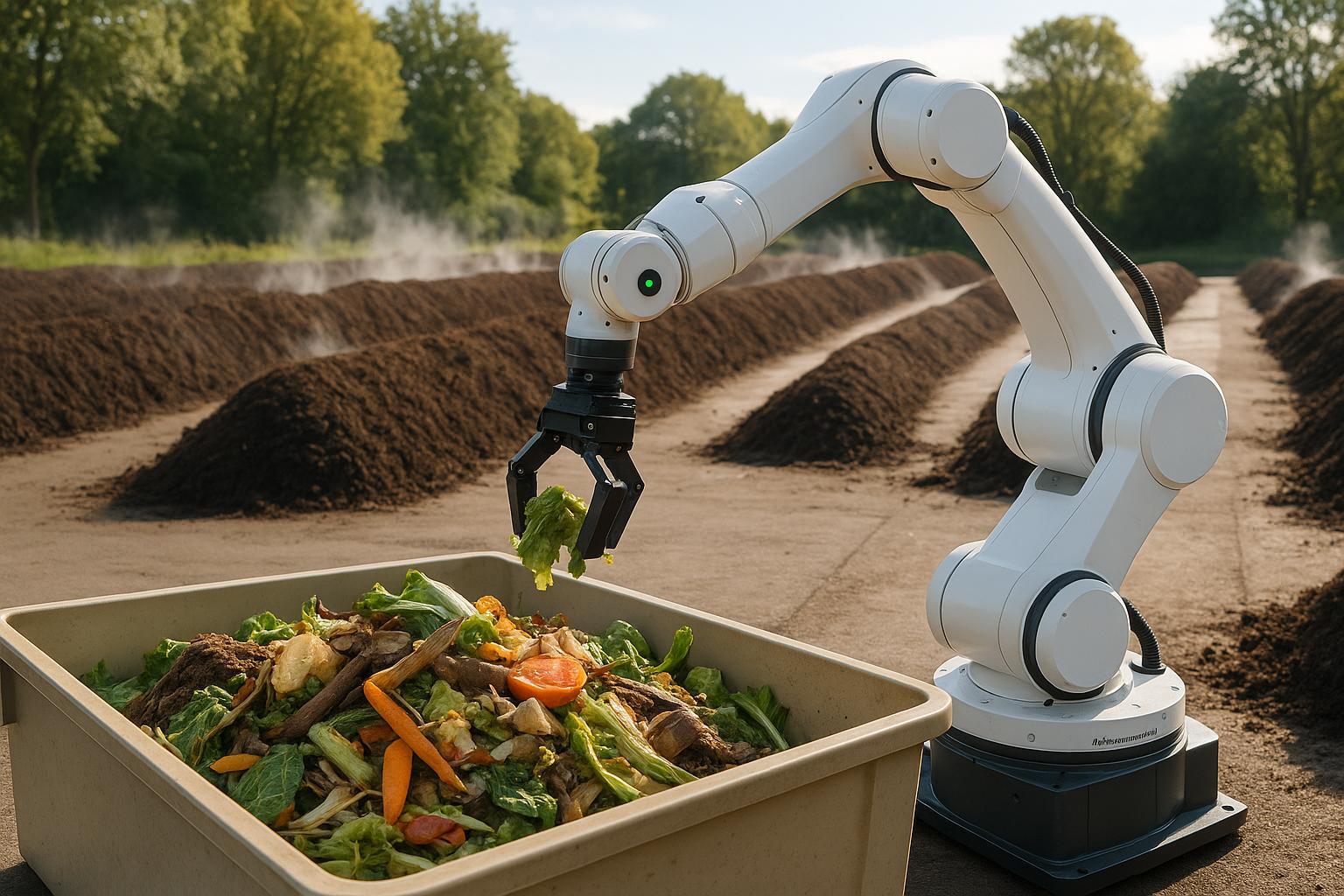
AI in Composting: Emission Control Insights
Explore how AI is revolutionizing composting by reducing emissions, enhancing sorting accuracy, and improving overall efficiency.

Natural Wood Treatments for Sustainable Garden Design
Explore eco-friendly wood treatments for gardens, from tung oil to milk paint, and find the best options for your sustainable garden design.
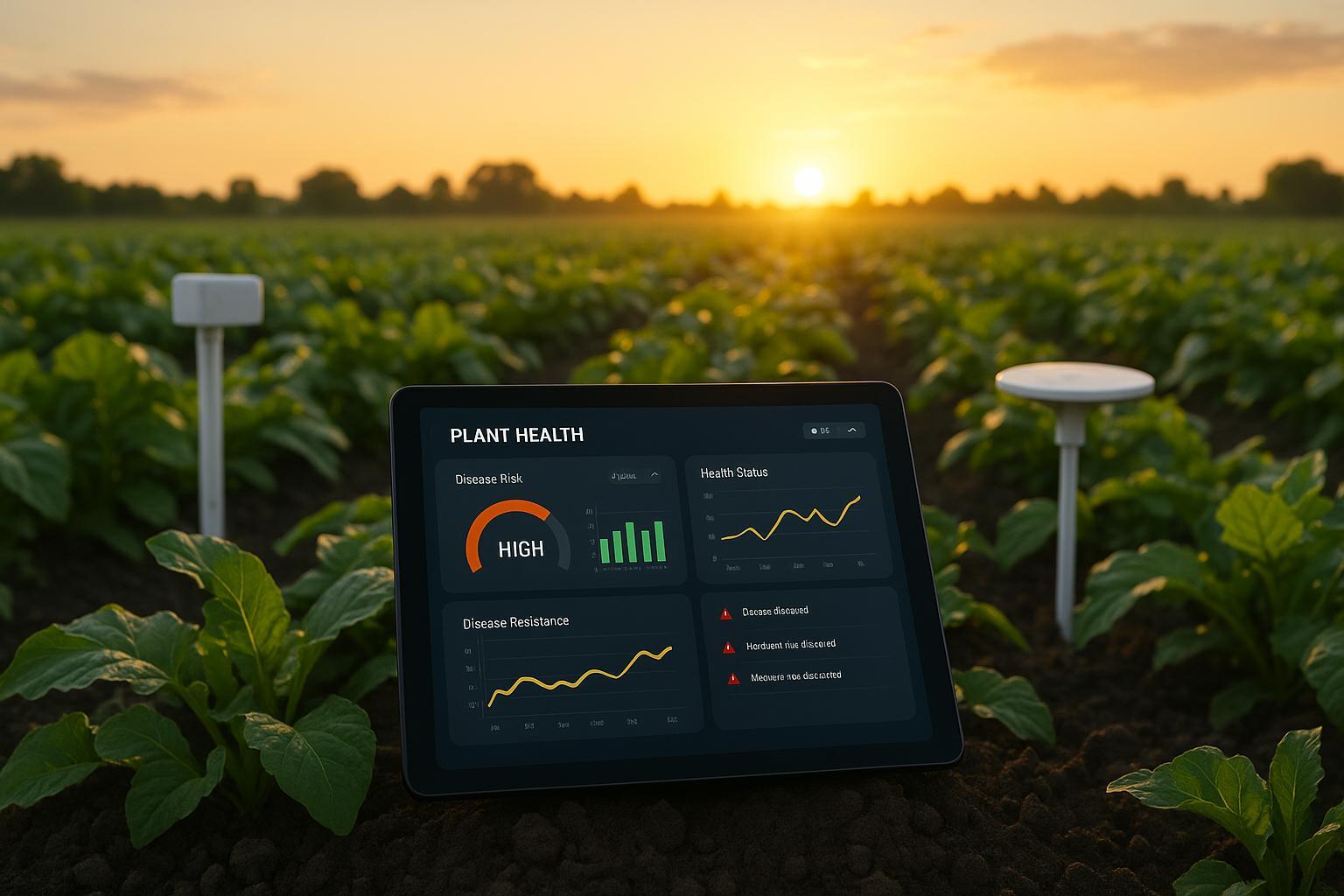
IoT and AI for Disease Resistance Forecasting
Explore how IoT and AI are revolutionizing plant disease resistance forecasting, enhancing crop health and efficiency in agriculture.
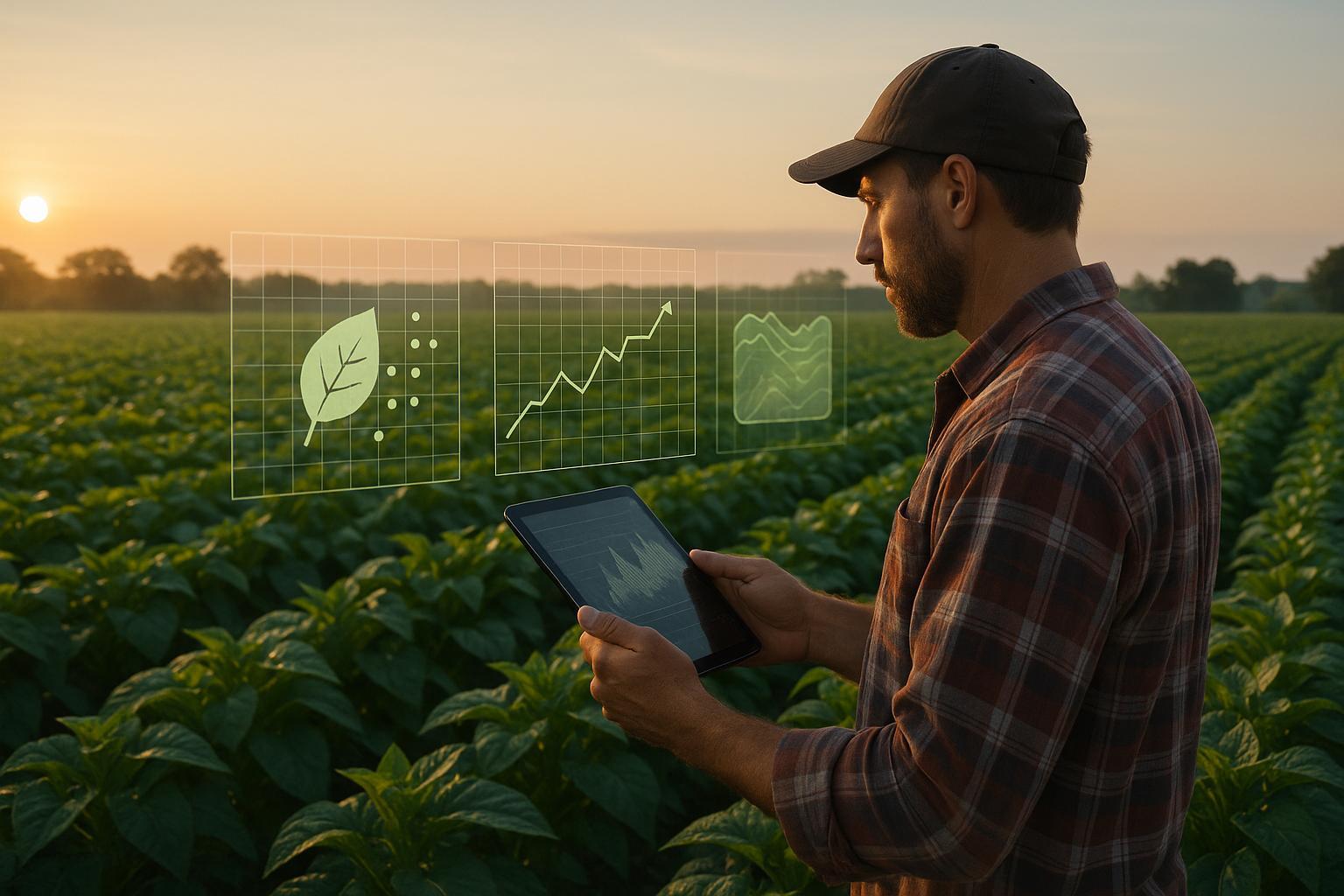
How AI Predicts Plant Disease Outbreaks
Explore how AI revolutionizes agriculture by predicting plant diseases early, empowering farmers with data-driven insights for better crop health.
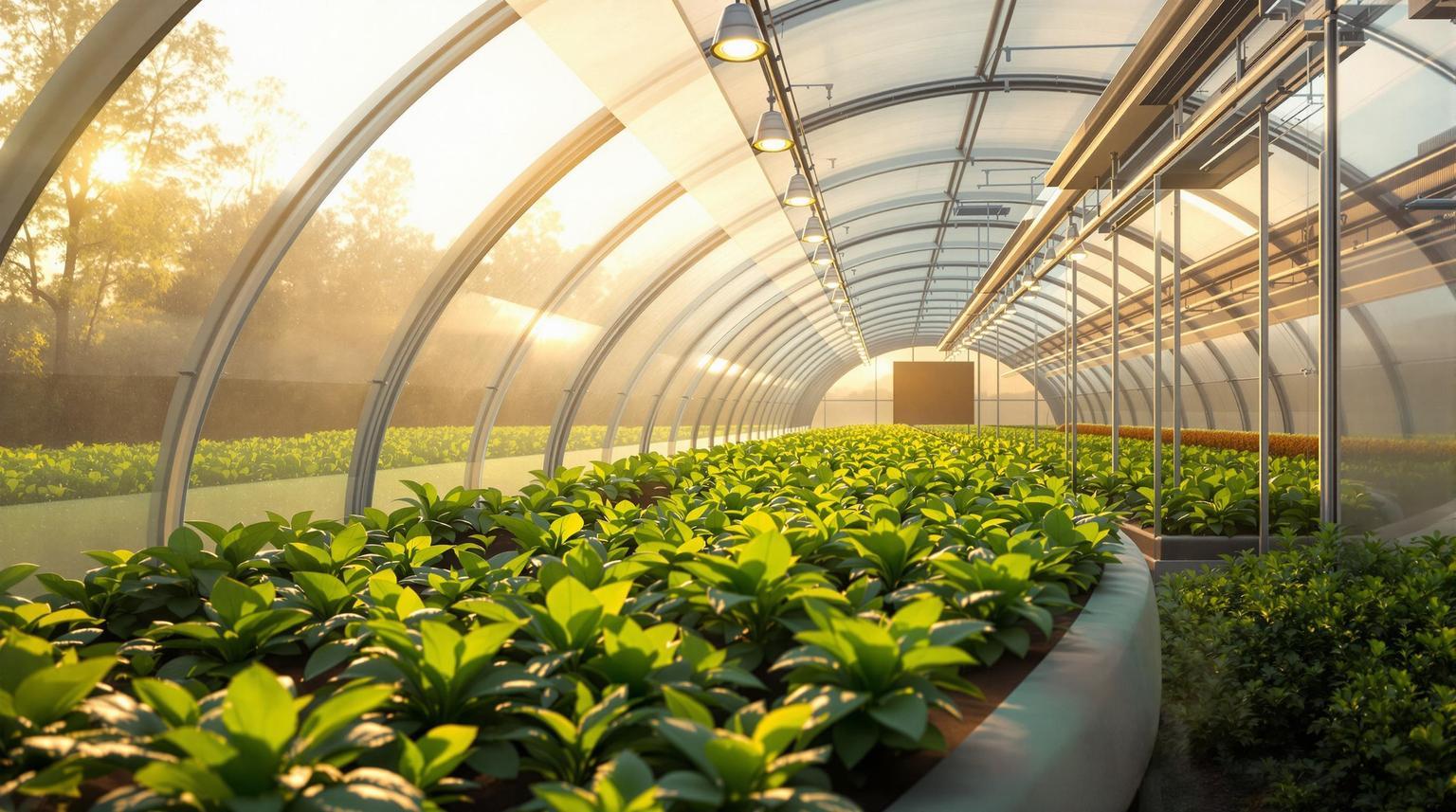
AI-Powered Heating For Microclimate Control
Unlock the potential of AI-powered heating systems to optimize plant health and reduce energy costs in gardening and agriculture.
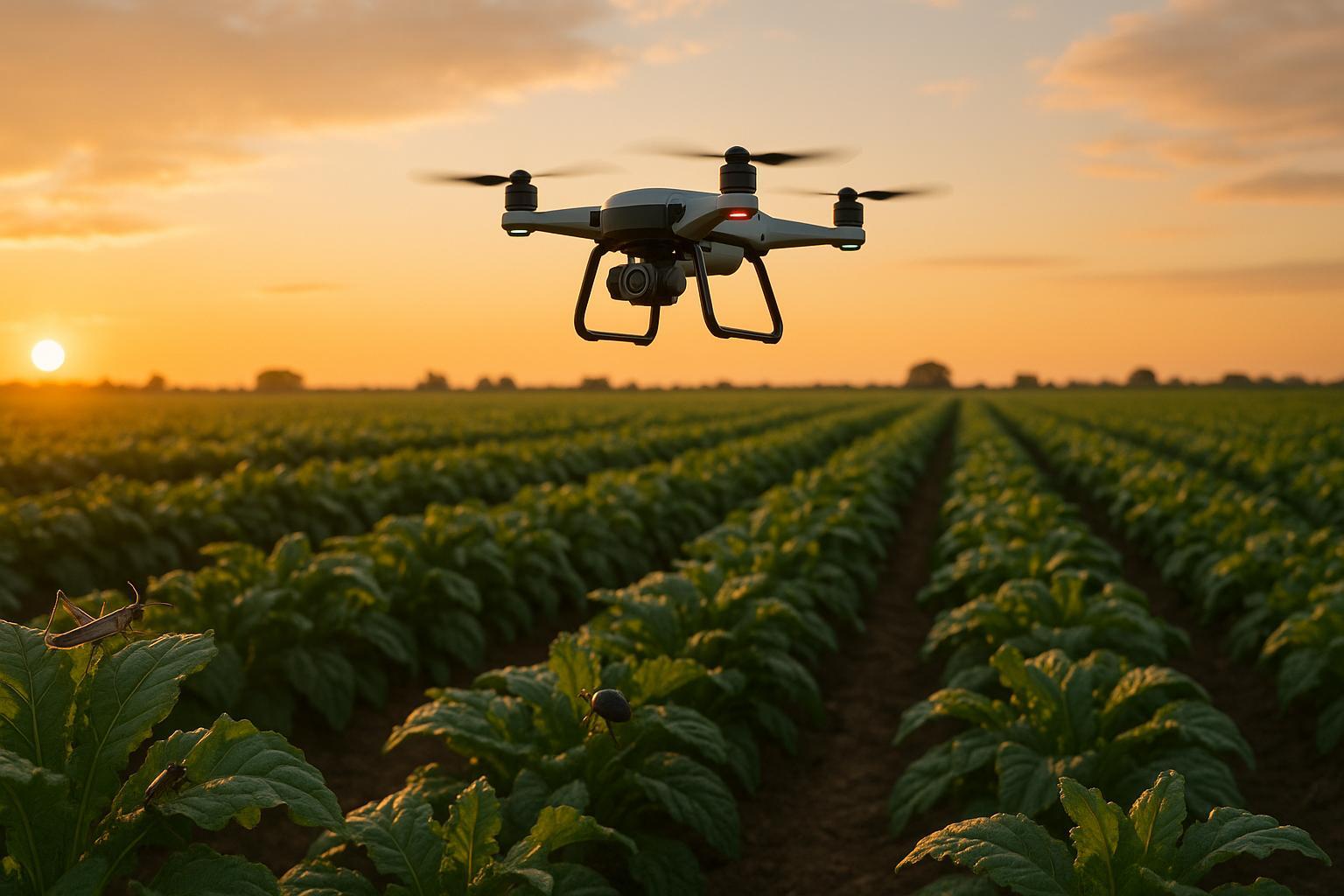
How AI Adjusts Pest Control in Real Time
Explore how AI revolutionizes pest control with real-time data for precise monitoring, efficient management, and reduced environmental impact.